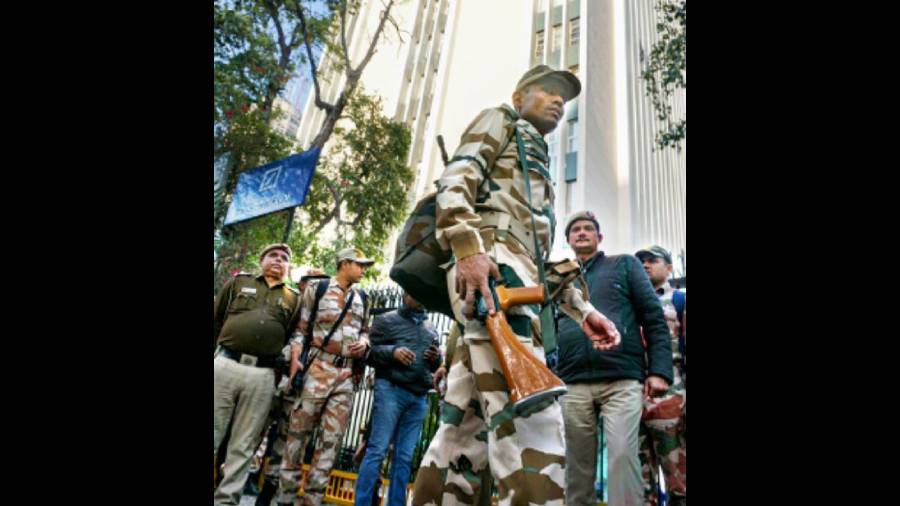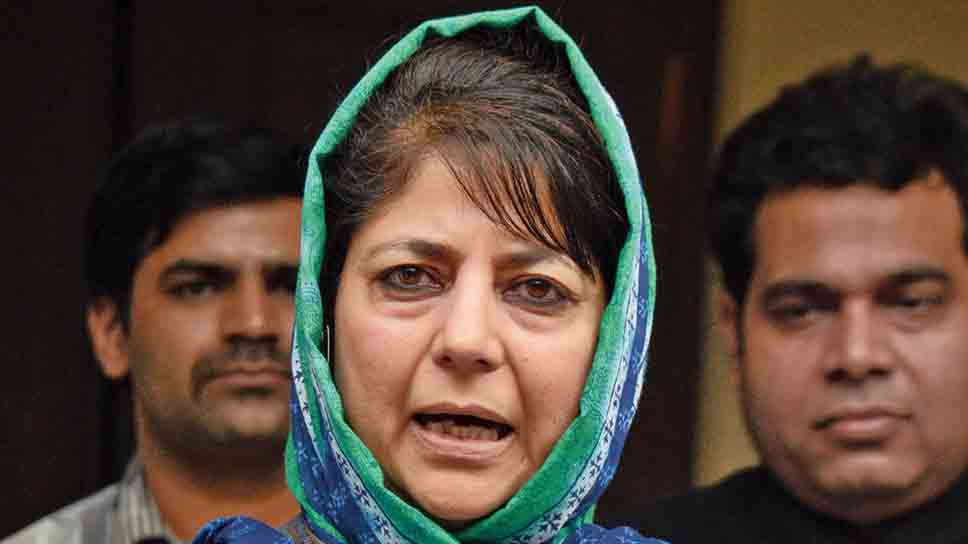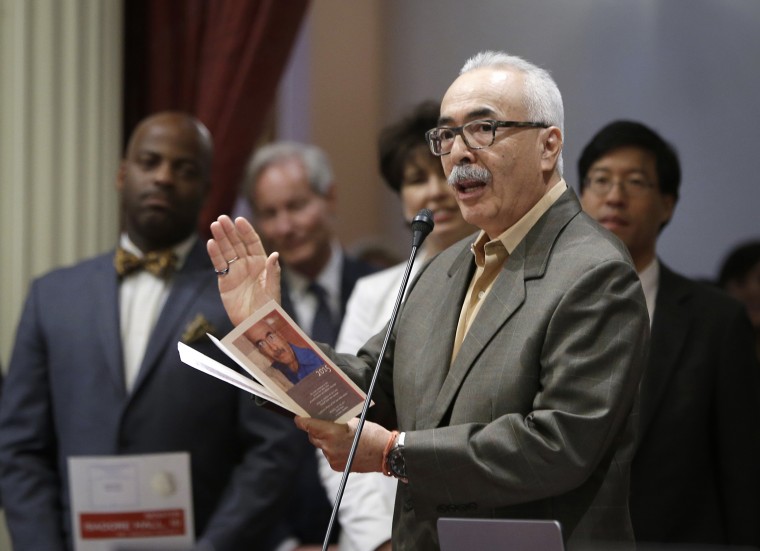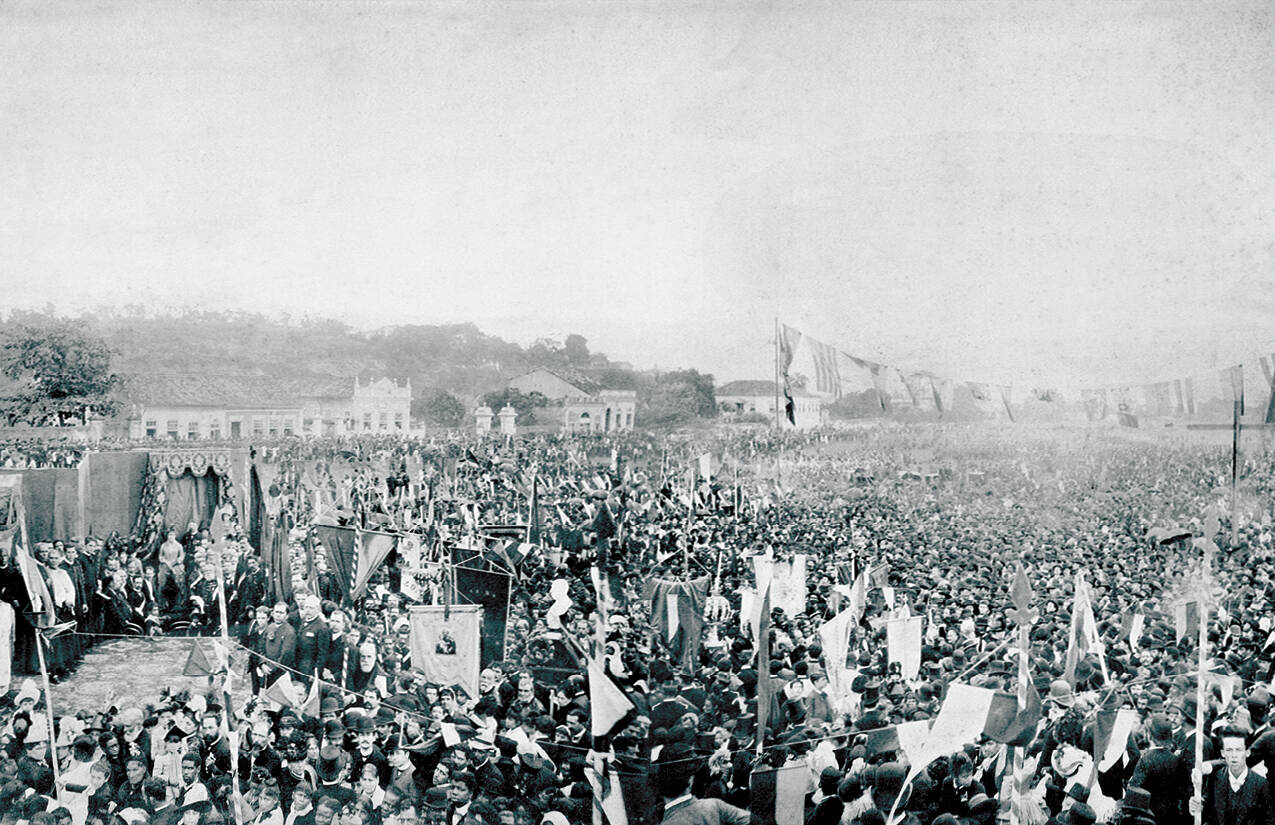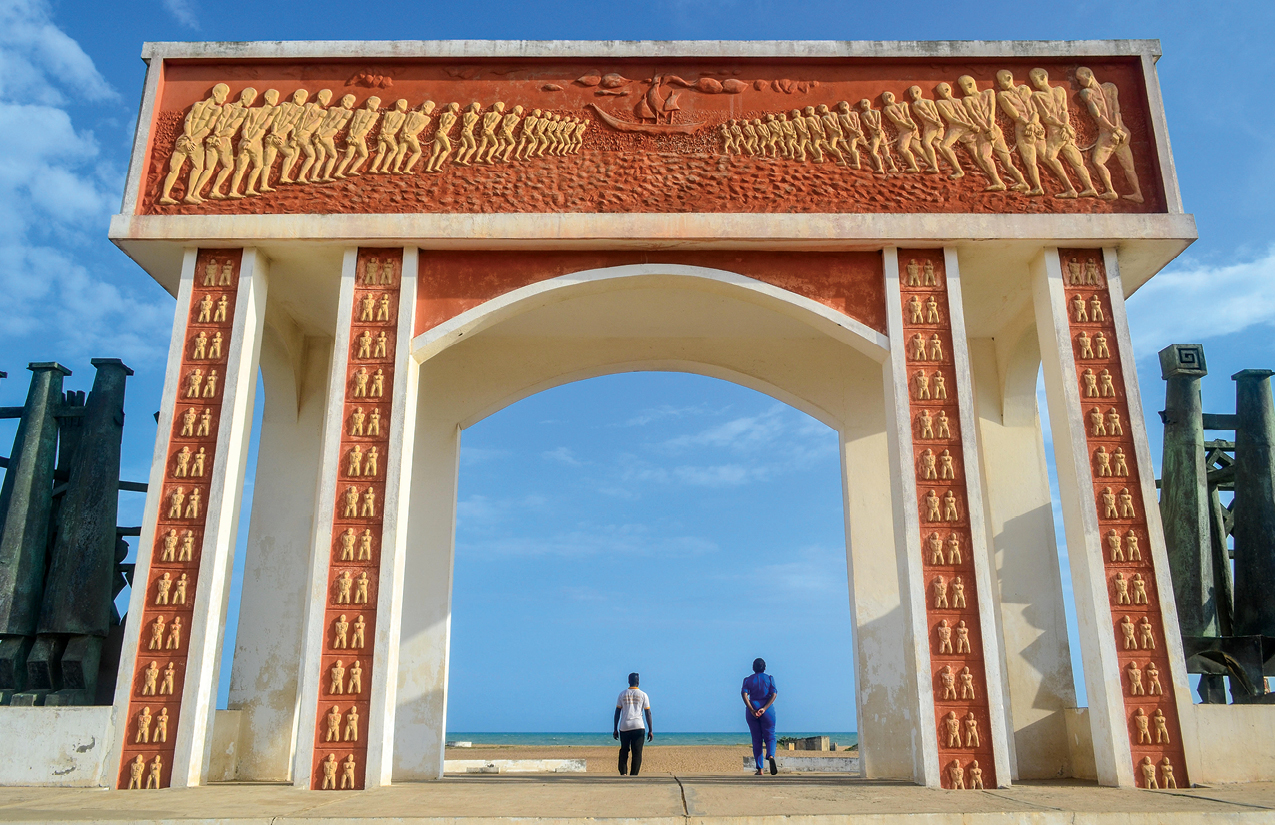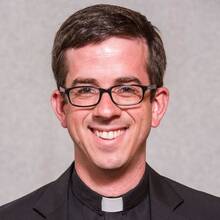The NRX Incident
By Peter Jedicke
OVERVIEW
On December 12, 1952, a partial meltdown of the NRX reactor core at Chalk River, Ontario, occurred. The causes of the accident provide insight for more recent events. The environmental effects indicate what might be expected from reactors in emergency conditions. Because this was the first serious reactor accident in the world, statistical information about the workers gives the best data about long-term health hazards associated with such events.
THE REACTOR
Canada's National Research Council co-operated with the United States and Great Britain on the atomic bomb projects during World War II. An extensive laboratory facility was constructed on the Ottawa River, some 200 km upstream from Ottawa, at Chalk River. Beyond the weapons application, the NRC realized the potential for pure research and even commercial production of power. The NRC's experimental reactor was called NRX and it began operation on July 22, 1947.
NRX was contained in an aluminum cylinder, called the calandria, with a diameter of about 8 m, a height of about 3 m and its axis oriented vertically. The calandria was fitted with about 175 vertical calandria tubes arrayed in a hexagonal lattice, was filled with up to 14 000 litres of heavy water (D2O) and helium gas and sealed. The purpose of the helium gas was to prevent chemical reactions with air. The helium was held at a constant pressure of about 3 kPa above atmospheric, even as the fluid level in the calandria changed, by connection to an external helium gas holder with a capacity of approximately 40 m3. As helium was moved back and forth from the gas holder to keep the pressure constant in the calandria, the volume of the gas holder changed by means of a domed cylinder that slid up and down on sealed tracks. Thus the changing height of this dome gave an indication of gas flow to and from the calandria.
Heavy water serves as moderator for the nuclear chain reaction. Natural uranium consists primarily of the isotope U-238, which captures fast-moving neutrons without splitting. Less than 1 % of natural uranium is U-235, which splits when hit by slow-moving neutrons, yielding a combination of fast-moving neutrons, other products which are usually dangerously radioactive, and energy. Because the energy is about 100 million times that released when a carbon atom oxidizes, nuclear reactions provide far more energy than chemistry. Because neutrons are both required for and produced by the process, a chain reaction is possible. However, for a chain reaction to occur, the absorption of the neutrons by the U-238 must be reduced, and the fast-moving neutrons must be decelerated. In reactors using enriched uranium, the fuel has been processed ahead of time so that the ratio of U-235 is increased. In NRX (and CANDU reactors), natural uranium is used, but the fast-moving neutrons are slowed down by having the uranium fuel surrounded by a moderator. Heavy water is one of the most efficient moderators because the fast-moving neutrons readily collide with the deuterium nuclei in the heavy water molecules. In NRX, the level of heavy water inside the calandria could be adjusted to help control the rate of the chain reaction and thus the power output of the reactor. NRX was designed to produce 20 MW of power, but often was set at a much lower level for experimental purposes.
The NRX calandria tubes were sleeves, 6 cm in diameter, into which various rods could be inserted from above into the reactor. A few calandria tubes were sometimes used to insert other materials into the reactor to be irradiated as part of various experiments. Most of the tubes held uranium fuel rods, 3.1 m long, 3.1 cm in diameter, with a mass of about 55 kg. The fuel rods were originally clad in aluminum, which was chosen because it absorbed less neutrons than steel or other materials available at the time. There was actually a double-walled jacket of aluminum around the fuel rod, with ordinary water flowing between the walls as a coolant. This also left a ring of air between the outer aluminum sheath and the calandria tube. Up to 250 litres of water taken from the Ottawa river passed through the coolant sheaths of the fuel rods each second; and an airflow of about 8 kg per second was maintained through the calandria tubes. These coolant systems included considerable plumbing outside the calandria which could be altered as part of the experiments. In particular, there were storage tanks for the water and a 61 m stack for the air.
In addition, 12 of the calandria tubes were fitted with control rods, made of boron carbide powder in steel tubes, which could be raised and lowered into the reactor during operation. If any 7 of these rods were fully lowered, so many neutrons were absorbed that no chain reaction was possible, and the reactor would be shut down. The control rods were held up and out of the calandria by electromagnets; if the magnets failed, gravity would draw the rods into the reactor and shut it down. In addition, there was a pneumatic system in each control rod which could push it down very quickly into the reactor by a blast of air, or push it slowly up out of the reactor from beneath. Four of the control rods operated together and were called the safeguard bank; the other 8 went up and down in an automatic sequence. These two banks were activated by two pushbuttons on the main panel in the control room and a third pushbutton on the main panel activated magnets to seal the control rods into the pneumatic system; however, the pushbutton which actually initiated the pneumatic system to blow the rods down was located a few steps away.
THE ACCIDENT
On the day of the accident, NRX was set at low power. The investigations being carried out dealt mainly with coolant flow through the calandria tubes. A number of the tubes were disconnected from the high-pressure ordinary water coolant system; one was being cooled only with air, while the others were connected by hoses to a temporary cooling system. The depth of heavy water in the calandria was to be raised from 2.6 m to 2.77 m.
There were a series of valves in the basement beneath the reactor which controlled the control rod pneumatic system. Some of them had actually had their handles removed to prevent them being opened. Nevertheless, an operator opened three or four of them by mistake. As a result, air pressure from above was reduced, and air pressure from below caused three or four control rods to rise out of the reactor. This was the first step in the accident.
The movement of the control rods was indicated by red lights coming on in the control room. The supervisor telephoned the operator in the basement, telling him to stop opening the valves. The supervisor then left the control room, went to the basement, closed the valves himself and checked the air pressure.
The control rods should have fallen back into the calandria, and the supervisor assumed they had. They moved downward enough to clear the red lights in the control room, but--for mechanical reasons not understood--not completely into the reactor.
The supervisor called the control room from the basement, wanting to tell his assistant to press the two pushbuttons which would seal the control rods into the pneumatic system and then activate the air pressure to push the control rods down. However, he made a slip in giving the numbers of the pushbuttons, giving instead the number of the pushbutton which controls the pneumatic system and the number of the pushbutton which withdraws the safeguard bank. The assistant could see that the red lights referring to the other control rods had cleared, meaning that there should have been enough control rods down in the calandria to keep the reactor shut down. The assistant therefore thought it was perfectly normal for his supervisor to ask him to withdraw the safeguard bank and he did so, putting down the telephone so that he could reach over and depress the pushbutton to activate the pneumatic system. The supervisor in the basement immediately realized his mistake and yelled into the telephone to correct himself. But the assistant did not hear, since he did not have the telephone to his ear. The time was 15h07.
With a number of control rods only partially in place, the raising of the safeguard bank caused the power output of the reactor to double every 2 sec, according to later investigation. The people in the control room soon noticed the power rising dramatically, and the assistant activated the release mechanism for the safeguard bank after about 20 sec. The reactor power was about 0.1 MW at that moment.
Because the pneumatic seals had not been activated, the pneumatic system could not push the four control rods of the safeguard bank into the calandria quickly. Even gravity alone should have drawn them downward, but three of them did not fall, and the fourth fell much more slowly than it should have. It would be about 90 seconds before that control rod was fully in place. So the reactor continued to increase power; it would have levelled off at about 20 MW if the reactor's cooling system had not been altered for the test.
However, after only 10 sec the power output was about 17 MW, and the ordinary water in those calandria tubes which were being cooled by the temporary system began to boil, severely reducing the capability of the cooling system. The power output began to increase more sharply. This was noticed in the control room and, some 14 sec later, someone else in the control room threw the switch to begin dumping the heavy water moderator out the bottom of the calandria. Reactor power increased for about 5 sec more, and peaked at 80MW, but once the moderator level was dropping, the reactions were quenched and the reactor could not continue to run away. Some 25 sec later, the power output was zero. The total time that the power level was above 1MW was less than 62 sec.
Nevertheless, the situation got worse. A gauge in the control room indicated that the pressure of helium gas above the heavy water inside the calandria was dropping sharply. The assistant was concerned that the connection to the gas holder might be blocked and, if so, there was a danger that the calandria might implode as the heavy water was removed. The assistant stopped the dump, but resumed a few seconds later when he noticed that the gas holder was still emptying. The heavy water level in the calandria was eventually stabilized at 1.34 m depth.
Inside the reactor, the sheathing around some of the fuel rods and even some of the calandria tubes had burst. Not only helium, but hydrogen and other gases formed by heat and chemical reactions in the fuel rods were present inside and escaping from the calandria. The dome of the gas holder dropped to its lowest point and jammed there. With no additional source of helium to fill the calandria, air rushed in. At 15h11, the dome of the gas holder suddenly jumped to its highest point, indicating that a hydrogen-oxygen explosion took place inside the calandria. The calandria did not suffer complete structural failure, and more than 150 of the calandria tubes did not rupture. This explosion marks the end of the accident.
To cool the reactor, the ordinary water cooling system was not shut down. All of this water was radioactive, and it leaked out onto the floor of the reactor building. By 18h, the floor was awash. Within a few days, the water was 1m deep, and had spilled into the gas holder's room and the two rooms containing the heavy water storage tanks. The system was maintained so that the leakage rate continued to be about 4 litres per second. A 106 litre tank of clean water was emptied to the Ottawa River and then the contaminated water was pumped into the tank. In total, some 4.5 x 106 litres of water were involved. Decontamination and clean-up required many months. The calandria was removed, buried and replaced by a new one. NRX was back in service within two years.
AIR QUALITY EFFECTS
Air flowing through the calandria tubes provided one of the means of cooling the fuel rods. From the one fuel rod which was air-cooled alone, it was estimated that the fission products from an estimated 30 kg of uranium were released to the cooling air and then discharged through the stack. The wind was from the west at about 4 m/s. Staff at a neighbouring building called the control room to report that their radioactivitvy detectors were off- scale. An electrician who was up a pole adjacent to the reactor stack and who was wearing radiation monitoring film received a dose of 350 millirems. The emergency siren to stay indoors was sounded at 15h17. Extensive monitoring was undertaken downwind all that weekend, and radioactivity was detected up to 400 m on either side of the plume centreline. Traces of activity in buildings were cleaned up the following week.
Air quality inside the NRX building was affected mainly by the escape of contaminated cooling water. Automatic radiation alarms sounded at 15h09. 200 millirems per hour were measured at the top of the reactor itself at 15h10; this figure was 900 a minute later. At 15h15, wearing respirators was advised. About 15h27, radioactivity of 5 000 millirems per hour was measured in the basement where cooling water was being discharged. At 15h47, the order was given to evacuate the entire plant.
WATER QUALITY EFFECTS
Heavy water is not radioactive by itself. However, there was considerable leakage between the heavy water moderator and the ordinary water cooling systems, and both systems become contaminated with fission products. The heavy water had to be reprocessed to remove the ordinary water and contaminants, but the heavy water system remained more or less intact. However, the contaminated ordinary water leaked out onto the floor of the reactor building. All the additional ordinary water that was pumped in to cool the reactor also became contaminated, and there was no way to keep it from also leaking out.
To avoid having the water reach the Ottawa River, a pipeline was built to a sandy area about 1 600m away. The contaminated water, containing about 10 000 curies of long-lived fission products, was pumped to this area and allowed to seep away. No radioactivity was detected in the creek which drained this area to a small lake. Monitors were also established at the first two water intakes down-river, 22 and 37 km away, and observations showed no radioactivity above the natural level.
MORTALITY EFFECTS
No one died or was seriously injured as an immediate result of the accident. Although some personnel were exposed to high radiation levels during the incident itself, no study has been done to isolate them from the larger group which participated in the clean-up. The accepted limit for exposure at the time was 15 rem per year for each person. Since levels in the building were high enough to reach that level with a few hours, no one person could work on the clean-up for a very long time. About 150 United States military personnel, about 170 Canadian military personnel and about 20 construction company employees joined the 862 staff members at Chalk River to implement the clean-up. The military authorities may have followed the health of their personnel after the accident; if so, this data is not available.
At the time of the accident in 1952, staff at Chalk River were employees of Atomic Energy of Canada Limited (AECL). In 1982, a study of those who worked on the NRX clean-up was published. Dosimetry files were lost in 1956 as a result of a fire and some information had not been duplicated, however, so some details cannot be traced. The 1982 study was able to identify 562 employees who stayed with AECL ("Group B") and 288 who had left AECL ("Group A"). These people collectively absorbed 2021 rem during the cleanup. Approximately 600 rem were absorbed by non-AECL participants. The tables included here are excerpted from the study. Mortality information was extracted from Canada's "Mortality Data Base," which is itself based on information provided by the death certificate for every death in Canada. In group A, some deaths may not be recorded, since these are the people who left AECL, so the study did not report a ratio of observed deaths to expected deaths. The number of expected deaths was derived from the general population of the province of Ontario from 1953 to 1978. Of the 23 cancer deaths reported between 1966 and 1980, 10 were lung cancer, 2 cancer of the pancreas, 1 was lymphatic cancer, and none were leukaemia. In each of these types, the number of cancer deaths was marginally smaller than that found in a similar-sized group in the general population. The other cancers were not specified in the study.
BIBLIOGRAPHY
Eggleston, Wilfrid, Canada's Nuclear Story TK9026.e35.
Glen, Ron, Critical Choice: Nuclear Power for Canada TK9145.g54.
Government of Ontario, Nuclear Emergency Plan, Part I, 1986 TK9152.o55.
Hare, F.K. Safety of Ontario's Nuclear Power Plants. 1988 TK9152.h37.
Hinds, H.W., Barker, C.J., and Graham, R.D., Reassessment of the Control System of the NRX Research Reactor, (AECL-8484),Chalk River Nuclear Laboratories, Chalk River, Ontario, 1984
Megaw, W.J., How Safe? Three Mile Island, Chernobyl and Beyond, 1987 TK9152.m44.
Silver, L. Ray, Fallout from Chernobyl, 1987 TK9152.s56.
Werner, M.M., Myers, D.K., and Morrison, D.P., Follow-Up of CRNL Employees Involved in the NRX Reactor Clean-Up, (AECL-7760),Chalk River Nuclear Laboratories, Chalk River, Ontario, 1982
QUESTIONS for students
1. On what date did the partial meltdown of NRX occur?
2. Where is NRX located?
3. On what date did NRX begin operation?
4. What is the aluminum cylinder, in which NRX was contained, called?
5. What were its dimensions?
6. How many tubes did it contain?
7. How were they arrayed?
8. What materials were sealed in the aluminum cylinder?
9. Why was an external gas holder connected to the aluminum cylinder?
10. How was the gas flow to and from the aluminum cylinder indicated?
11. What material serves as moderator for the nuclear reaction?
12. What percentage of natural uranium is U-235?
13. List the things that a U-235 nucleus yields when it is split by a slow-moving neutron.
14. Why do nuclear reactions provide far more energy than chemistry?
15. Why is a nuclear chain reaction possible?
16. How is absorption of neutrons by U-238 reduced in reactors using enriched uranium?
17. How much power was NRX designed to produce?
18. Describe the calandria tubes.
19. What did most of the tubes hold?
20. Why was aluminum used as cladding?
21. Why was air and cool water pumped through the calandria tubes?
22. How many control rods were there?
23. Of what were the control rods made?
24. How many control rods had to lowered to shut the reactor down?
25. How did control rods cause the reactor to shut down?
26. What would happen if power failed to the electromagnets which held the control rods up out of the reactor?
27. Name the two directions in which the control rods could be pushed by a pneumatic system.
28. Describe the speed with which the control rods could be pushed by a pneumatic system in each of two directions.
29. How many control rods comprised the safeguard bank?
30. How did the rest of the control rods move?
31. Where were the pushbuttons located which activated the two banks of control rods and the magnets to seal the control rods into the pneumatic system?
32. Where was the pushbutton located which actived the pneumatic system in a particular direction?
33. What was the power setting of NRX on the day of the accident?
34. What range was the depth of heavy water in the calandria intended to cover that day?
35. What mistake did an operator make which initiated the accident?
36. How was the movement of the control rods indicated in the control room?
37. What did the supervisor do after telephoning the operator in the basement?
38. What mistaken assumption did the supervisor make?
39. What was the supervisor's second mistake?
40. Why did the assistant in the control not realize that the other control rods were not fully inserted in the reactor?
41. The supervisor realized his second mistake immediately, but why could he not tell the assistant?
42. What was the first hint people in the control room had that something was wrong?
43. What was the reactor power at that moment?
44. Why could the pneumatic system not push the four control rods of the safeguard bank into the calandria quickly?
45. How would the incident have ended if the reactor's cooling system had not been altered for the test?
46. What happened to the ordinary water in those calandria tubes which were being cooled by the temporary system?
47. What happened to the power output?
48. How long was it before someone else in the control room threw the switch to begin dumping the heavy water moderator out the bottom of the calandria?
49. What was the peak level of reactor power?
50. Was all of the heavy water moderator removed from the reactor?
51. What might have happened if the supply of helium gas to the reactor was somehow halted?
52. What happened at 15h11 to make the dome of the gas holder suddenly jump to its highest point?
53. What fraction of the calandria tubes burst?
54. What happened to the ordinary water which passed through the calandria to cool it?
55. At what rate did this ordinary water leak from the reactor?
56. How did staff at a neighbouring building know something was wrong?
57. What was the first step advised to protect the workers inside the NRX building?
58. What safety related order was given at 15h47?
59. How much radioactivity was contained in the contaminated water?
60. What happened to this contaminated water?
61. How much radioactivity was detected in the creek which drained the area where the contaminated water was sent to a small lake?
62. What was the accepted limit for exposure at the time?
63. Why did the clean-up work have to be spread among so many people?
64. Is there any information about the health effects on the military personnel?
65. What happened to the dosimetry files of the AECL employees?
66. From where was mortality information extracted?
67. How did the number of cancers among participants in the clean-up compare to that expected in a similar-sized group in the general population?
68. What fraction of the AECL employees who participated in the NRX clean-up had died of cancer by 1982?
69. What fraction of those who died died of cancer?
Questions requiring further thought or research
1. Why was Canada's participation in the atomic bomb project during World War II sought by the U.S. and Great Britain?
2. Why was Chalk River chosen as the site of the AECL laboratory?
3. Where did the fuel for NRX (or for the CANDUs) come from? How much processing is involved? Compare this to the processing required for fuel for reactors in the United States.
4. What are some of the long-lived fission products that result from a natural uranium-fuelled reactor such as NRX? Compare these products with those of an enriched uranium-fuelled reactor.
5. How does a CANDU reactor's calandria differ from NRX's calandria? How would CANDU reactor safety systems have dealt with an accident like the one that happened to NRX? At each stage of the NRX events, could a CANDU have prevented further difficulties?
6. Find out about the medical applications of products from the NRX reactor. In particular, for what was Cobalt-60 used?
7. Is aluminum still used as cladding in CANDU reactors?
8. Calculate the time constant for the initial increase in power output from the reactor.
9. Where was the contaminated calandria from the reactor buried? Where is it today?
10. Name one United States military serviceman who served in the clean-up operation and later became a very famous politician and statesman.
Written by Peter Jedicke (contact pjedicke at yahoo.com), in 1989 for Environmental Science 304, a course at Fanshawe College, London, Ontario.
Permission is granted to use this article for any educational or other non-commercial purpose, but please let the author know you are using it.

